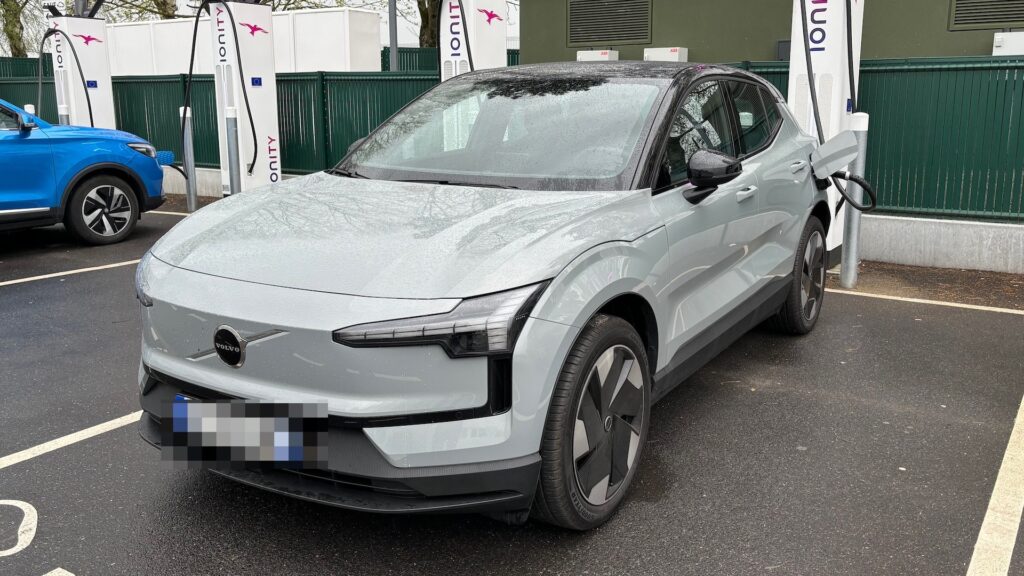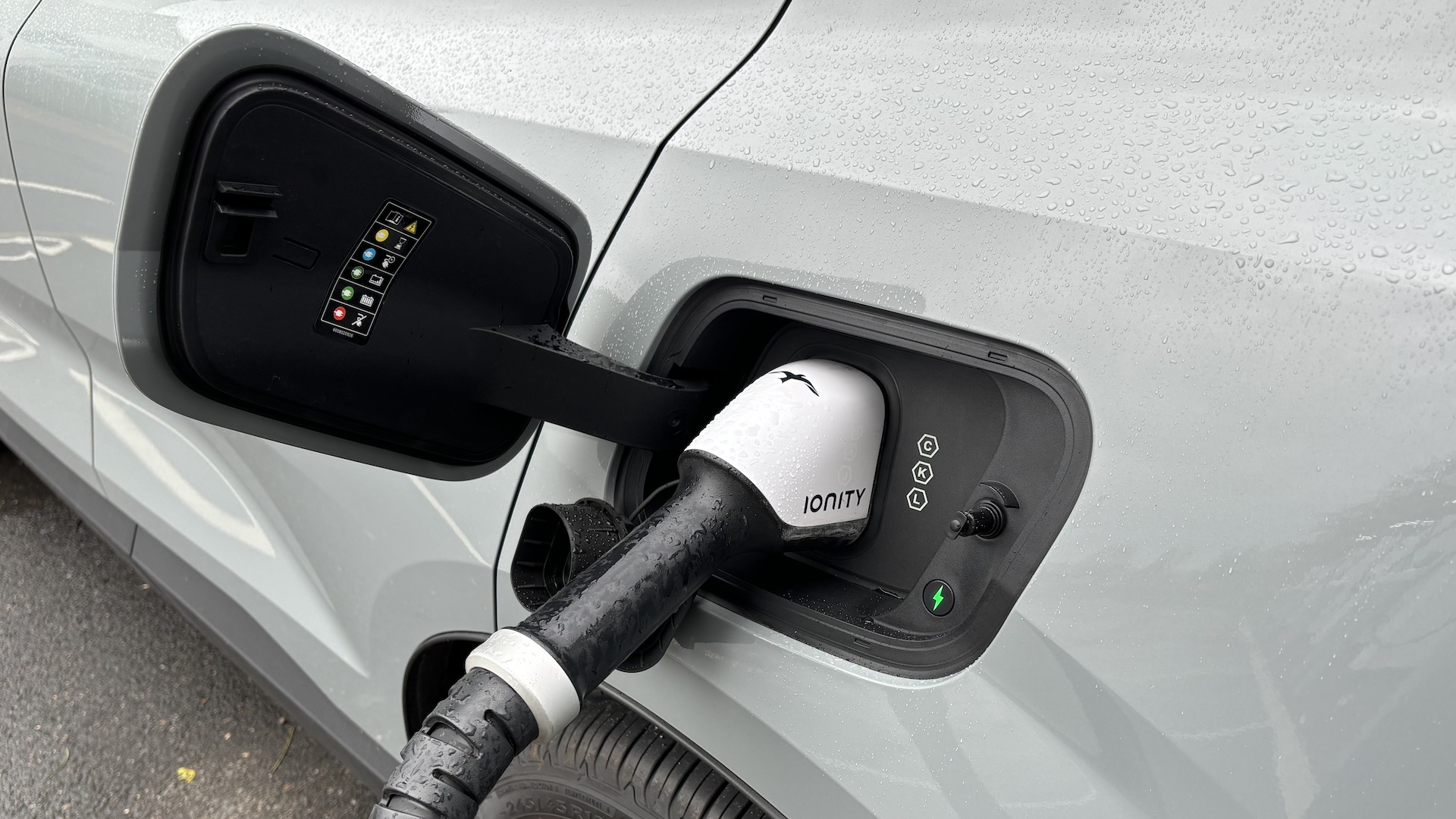When you leave for a long journey in a 100% electric car, the fear of running out of fuel is quickly forgotten by the existence of fast charging stations. We tested the Ionity network, wondering if it was profitable to take out the monthly subscription. The answer is yes.
This is the main question when traveling in a 100% electric car: is my autonomy sufficient to cover the kilometers? The answer is no: today, consumption, when you exceed 130 km/h, does not allow you to go very far (even with an efficient car and/or equipped with a large battery). But, fortunately, in 2024, there are many charging stations and manufacturers have understood that it is essential that the batteries refuel quickly.
Advertisement
This is for example the case of the Ionity network, whose terminals are distributed throughout Europe (and can reach 350 kW). According to the map displayed on the official website, the network relies on 3,626 fast charging points, distributed in 615 locations (including 155 in France). For my first long journey in a Volvo EX30, I wanted to test the Ionity terminals, wondering whether their premium subscription is interesting or not. The question is not really if it is, but rather when.

Yes, you must subscribe to Ionity if you recharge at an Ionity terminal
Thanks to today's infrastructure and technologies, you can travel 250 to 350 kilometers on a highway, between two stops of less than 30 minutes. Enough to make the trip less painful, almost close to a thermal experience (yes, you can make shorter stops if you wish, but you will always have to eat and stretch your legs).
When you have a Tesla, this constraint exists even less, since the brand's cars can rely on a network of proprietary superchargers, integrated into the planning of the on-board computer. We then enter our destination and let ourselves be guided blindly by the GPS. When you're not driving a Tesla, things get complicated: there are dozens of operators and it's sometimes complicated to trust just one (the planner in your car won't make any difference if you enter the destination without any preference).
Personally, I don't want to spread myself between several operators, even if it means adapting my journey according to the one I have chosen (Ionity, therefore). I don't want to arrive at a third-party terminal without knowing how it works (and if it will work). I don't want to arrive at a terminal without knowing if my payment card will work or if I will have to go through yet another application. There are services that bring everything together (like the Ulys Pass), but they don't allow you to forget another big flaw when you're scattered: how much do you pay?
Advertisement
Ionity offers two prices (in France) :
- €0.59 per kWh full;
- €0.39 per kWh reduced.
€0.59 per kWh is very expensive. That's six times the cost of charging at home, using a reinforced socket. €0.39 is a much more reasonable sum, when we assume that everything costs more at a motorway rest area (unfortunately). To pay €0.39, you must nevertheless take the Ionity Passport, billed at €5.99 each month. Note that this subscription was still offered at €17.99 at the start of 2023 (with one-year commitment), then at €11.99 without commitment. For comparison, a Tesla subscription costs €12.99. A Fastned subscription? €11.99.


For my first long journey aboard the Volvo EX30, going from my home (near Douai) to Fontainebleau (via the highway), I loaded up once on the way out and once on the return, at the same station Ionity. In total, I got back 51 kWh (a little more than I really needed). I got it for €19.91, to which you have to add €5.99 to benefit from the reduced price, or €25.9. At full price, it would have cost me €30.9, or €5 more. In a far from long journey (approximately 500 kilometers), the monthly subscription has already paid for itself. Good news: you can cancel very easily from the application, by pressing a button (no need to contact support). Which means that nothing prevents you from subscribing for a long journey, canceling then subscribing for another long journey scheduled a few months later.
From how many kWh recharged is the subscription profitable? Answer in this table.
| Without subscription | With subscription* | |
|---|---|---|
| 10 kWh | €5.9 | €9.89 |
| 20 kWh | €11.8 | €13.79 |
| 30 kWh | €17.7 | €17.69 |
| 40 kWh | €23.6 | €21.59 |
As we can see, the Ionity Passport subscription becomes profitable from the 30th kWh recharged, which corresponds to 200 kilometers with a car which would consume 15 kWh/100 on the motorway (a very efficient car, therefore). With this super low price of €5.99 per month, subscribing is obvious.
Please note, this is not a quality test of the Ionity network. I was only able to recharge at one station (with conclusive experience). We will do a more complete test of the Ionity terminals after several long trips.
